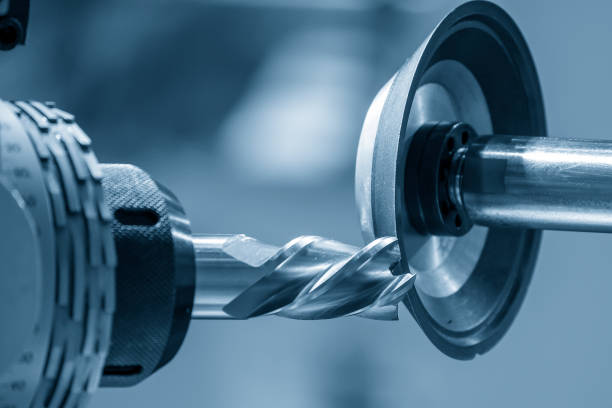Factors To Take Into Account Prior To Selecting Cutting Tools

Choosing the right cutting tools is crucial to an efficient and smooth job. Before you decide, there are many things to take into consideration.
The first step is to identify the material that you'll be cutting. This will assist you in choosing the correct grade and cut geometrical.
Material
The material used to create cutting tools plays a crucial component in the process of machining. The correct tool material will impact productivity, tool usage, processing cost, the quality of the surface, and also machining accuracy.
The quality of machining results depend on the toughness of the material and its wear resistance. Toughness is the ability of the pcd reamer full form to stand up to pressure and friction without chipping or cracking.
The cutting tool is determined by the temperature that it is exposed to when machining. The cutting performance is better if the hardness is higher.
Geometry
The cutting geometry of a tool affects the manner in which material is removed when the machining. The cutting geometry has an impact on the force and power required for cutting.
The cutting edge that is the main feature of a tool is made by the intersection of the top and bottom surfaces, as well as an inclined plane that is perpendicular to its base. It is known as the tool point or nose.
In addition, a tool may contain one or more flank surfaces. They include a rake, and an flank side.
The chip-flowing surface is known as the rake. The chips that are produced through shearing during machining are able to flow over it and exit the cutting zone. Rake angle, either positive or negative, has a significant impact on the thickness of the chip as well as cutting forces.
Coatings
Coatings are hard substances that enhance the performance of solid cbn inserts manufacturers. They extend the life of the tool and reduce the cost of machining and boost productivity.
One of two methods to create PVD coatings is to melt a metal target (such as chromium or titanium) or bombard ions with a reactive gases, such as nitrogen, or a gas that is carbon.
When a metal ion is evaporated, it creates compounds that are then deposited on tools as thin, extremely durable coating.
Coatings are an important part of manufacturing processes and need to be checked for adhesion, thickness and construction and structure. These are typically checked by Calotte grinding or the X-ray florescent method, based on the type of coating.
Speeds and Feeds
When choosing cutting tools, speed and feed are important factors to consider. They affect the machinist's goals of a longer tool life, optimum machining time, and a high-quality surface finish.
You can optimize cutting speeds and feeds using trial and error and also by gaining knowing. The ideal settings are dependent on several variables, such as the material, machine , and the.
The cutting speed determines how quickly material is removed from the workpiece. This is important to reduce chip thinning that can lead to manufacturing defects and lead to longer lead times.
The feed rate refers to the speed at which the cutter's movement. It is typically measured in inches per turn (in/rev, ipr) or boring to describe boring or turning processes. But, machinists employ millimeters of revolution (mm/rev for milling).
Reliability
Reliability refers to the degree to which the results of a research or test can be reproduced. Tests that test one idea are particularly dependent on the reliability.
For instance, if you were to ask a group of individuals to rate the amount of aggression they would commit while playing with a Bobo doll, you'd expect the scores of each individual to be extremely correlated.
This is also known as inter-rater reliability. It is commonly used to ask people to rate something on a tape.